

Dr. Nina Luan (SenseTime Group Limited)
SenseAR: Augment the beauty of Reality
Abstract:
From international giant company to common people, why is everyone interested in AR? Since we all believe there is a much more natural and seamless way to interact with digital and the real world, just like what we do with our physical one: 360 degree of FOV, no limit on depth of view, virtual object mixed naturally with the real world. To achieve this goal, there is a long way for research and industry society to work together and improve the hardware and software technologies. However, before we can achieve the final goal, today, in vertical market there are already many valuable experiences enabled by AR technologies. In this talk, we will demonstrate some real application cases of SenseTime AR engine, and introduce the technologies behand those applications.
Bio:
Dr. Nina LUAN is Executive Product Director of Augmented Reality (AR) platform team at Sensetime, a leading AI company and one of the “unicorn” start-ups in China. Nina’s team focuses on providing cutting-edge AR technologies for video entertainment companies around the world. The technologies enabled them with the world leading AR effects, emulating those of Snapchat and Facebook. Under the effort of Dr. Luan and her team, Sensetime has provided AR technology services for over two hundreds of video apps and top mobile phone companies, including Musical.ly, Weibo, Bigo, Oppo, Vivo, etc.
Prior to joining Sensetime,Dr. Luan worked on Microsoft’s Bing product in Redmond, WA for 6 years. Dr. Luan obtained her Ph.D and Bachelor’s degree in Computer Vision from the University of Science and technology of China. She spent most of her doctorate student time on the Computer Vision team at Microsoft Research Asia. Her main research focus was image analysis and stylization.
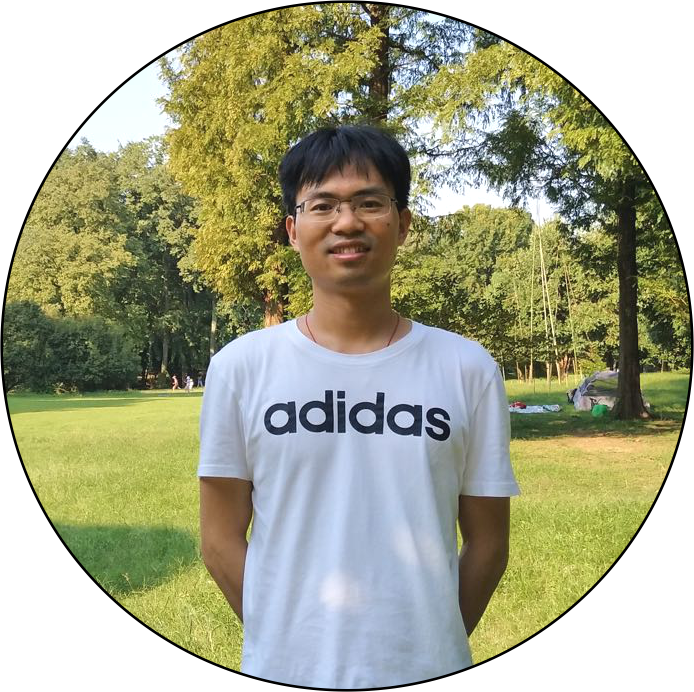
Ph.D Guofeng Wang (ArcSoft)
The practice of AR on smartphone
Abstract:
Since ARKit and ARCore have been public, more and more AR applications are developed on smartphone and become popular. With many sensors and cameras, e.g. IMU, color and depth cameras, smartphone is a good way to show many AR technologies, like SLAM, scene understanding, illumination estimation and so on. Meanwhile, AR supplies users an immersive interactive experience and becomes one of lightspots on smartphone. In this talk, I will give some recent popular AR applications and technologies on smartphone, including 3D modeling, Avatar, AR based on face, body and SLAM.
Bio
Guofeng Wang now is a senior algorithm engineer of ArcSoft Inc. He received his Ph.D. of Computer Science and Technology from Shandong University, China, in 2015, and published a series of papers about augmented reality and computer vision in IEEE TIP, IEEE VR, ACCV, BMVC etc. After graduated, he joined in ArcSoft as an algorithm engineer. His research areas are about SLAM and 3D vision, and their application to Augmented Reality and Robotics. He leads some AR projects on smartphone, e.g. ArcSoft AR Engine, AR Ruler, 3D Mesh, AR Doodle, and wins the widespread praise of customer.
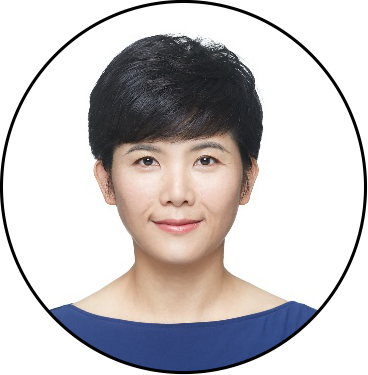
Ms. Haifang Luo (DELL)
Augmented Reality Powered by Dell Technologies
Bio
Ms Haifang Luo is from Dell Technologies, Greater China CSG, CT team. She carried out market and industry research related to Dell Client Solution Products; and developed and managed solution partners.
Haifang joined Dell in April 2016. Before that, she worked in various companies and organizations, such as consultant firm, foreign company, private enterprise and NGO.
Haifang graduated from Brandenburg Technical University Cottbus, Germany (now is called Cottbus-Senfenberg University) where she took a master’s degree in environmental engineering. During this period of study, she spent a semester abroad in Brazil. She finished postgraduate study in tourism management in Switzerland before went to Germany. And her bachelor’s degree in economy was received from Jinan University, Guangzhou, Canton.
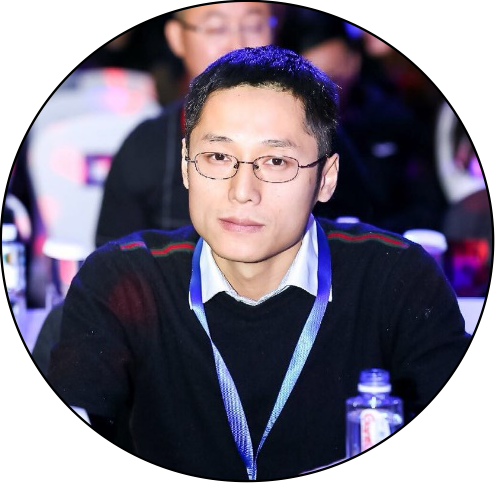
GM. Wei Xiong (Luster)
Real time 3D reconstruction of digital human for new media
Abstract:
Digital human, as avatar of human in CG world, is always in the wish list of the new technologies since computer appears. However, the 3D computing of digital human is too complex to be created stably and efficiently. The realistic digital human only existed in big budget film, like Wolverine Logan, Battle angle Alita, etc. In order to meet the requirement of new media, like VR AR and Virtual UP & YouTuber, we found a new 3D reconstruction technology. It detect the body joints form multi images from different points of view with deep learning, then reconstruct 3D motion model in real time after fusion processing with global optimization. The 3D data is much stable for many environments than before, even with occlusion of multi players.
Bio
Wei Xiong, General Manager of 3D BU in LusterLight Group, focused in 3D vision technology and market developing for 10 years. The deeply understanding of the technology about 3D imaging, panorama imaging, 3D interactive and the application requirement help them keeping in the top market share list.
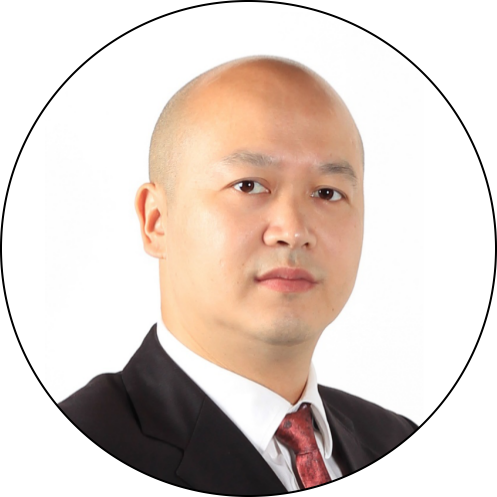
Dr. Zhong Jiangwei (Lenovo Research)
AR/CV Empowering Smart Industry
Abstract:
With the development of computing power, computer vision and optics, AR has greatly improved from hardware to software to application scheme, and has gradually penetrated into many industries and fields. The integration of AR/CV and the industry is getting deeper and deeper. From design to marketing, from education to medical treatment, from travel to culture, AR/CV is redefining the way of thinking and operation of industries. After many years of R&D investment, the AR/CV technologies and products of Lenovo have been used into the consumer and industrial fields. In the consumer field, Lenovo has launched AR products for common consumers of Mirage AR smart helmet suit; in the vertical industry, the AR/CV technologies, products and solutions developed by Lenovo Research are landing on more and more application scenarios of industrial customers. For example, COMAC, HNA Group, China Aerospace, China Unicom, SGCC are using Lenovo's AR/CV products and solutions to solve their problems and improve their production efficiency. In this speech, we will learn about Lenovo's AR/CV technologies, products and solutions, and how they empower the smart industry to help the smart economy era.
Bio
Dr. Zhong Jiangwie is RD director of AR Lab in Lenovo Research where he is leading a cross-function team to research and develop AR/CV technologies, products and application solutions. Since he joined in Lenovo Research in 2003, he has been committed to system innovation, key components and key technology research for 16+ years. He has successfully developed Lenovo AR devices, computer vision module MR camera, touchable projection AI speaker and smartphone, Lenovo LePhone and other products with great influence in the industry, whose products have been deployed in many important partners such as COMAC, HNA Group, China Aerospace, China Unicom, SGCC and so on.
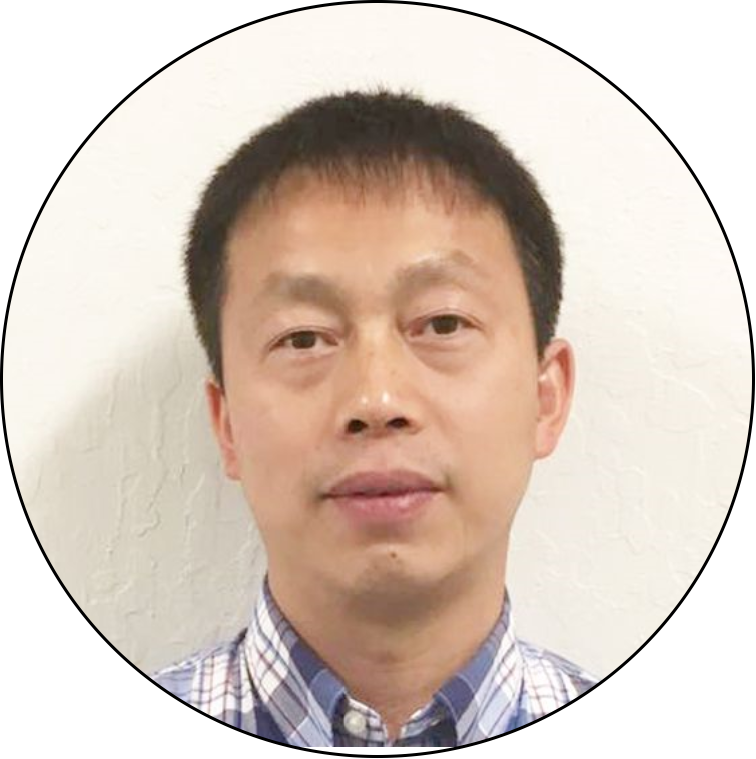
Dr. Shuxue Quan (OPPO)
3D Human Body Modeling from a Single Image
Abstract:
With the advent of AR/VR popularity on mobile devices, A reliable and straightforward way to create 3D model of human body is in high demand. Most existing methods use dedicated equipment and sophisticated algorithms with a fixed setup. This is impractical for everyday users. In this talk, we propose a pipeline that reconstructs 3D human body shape at a glance. Our approach simultaneously reconstructs the three-dimensional human geometry and whole-body texture map with only a single RGB image as input. We first segment the human body part from the image and then obtain an initial body geometry by fitting the segment to a parametric model. Next, we warp the initial geometry to the final shape by applying a silhouette-based dense correspondence. Finally, to infer invisible backside texture from a frontal image, a network is proposed. Comprehensive experiments demonstrate that our solution is robust and effective on both the public and our captured data. Our human body model can be easily animated after it’s created. Finally, we developed a mobile application that demonstrates this capability on mobile devices with cloud computing.
Bio
Dr. Shuxue Quan is a director of research on perception and AR at OPPO US Research Center where he leads teams developing algorithms of SLAM, 3D reconstruction, and human computer interaction. His team also builds software framework and applications to enable AR on mobile devices and wearable devices. Before OPPO, he worked at Qualcomm on computer vision, machine learning and mobile camera, besides a few other positions at Sony, Micron and Broadcom. Dr. Quan received a PhD of Imaging Science from Rochester Institute of Technology, and MS and BS of Optical Engineering from Beijing Institute of Technology. Dr. Quan has been granted more than 20 international patents and published more than 20 journal or conference papers.

Prof. Dewen Cheng(NED)
Designs and Evaluation of AR Near Eye Display with Freeform Optics
Abstract:
Freeform optics, combined with other new technologies, continues to push the frontier of head-worn displays for virtual reality and augmented reality, and delivers systems with higher optical performance, better user experience, and lower production cost. Due to the excellent aberration correction ability of freeform surface, the extremely simple, single-mirror HWD is feasible. An FOV as large as 90° is achieved in commercial HWDs of this form. By making the freeform element thin and half mirror, optical see-through (OST) for AR can be realized. Another compact form of HWD is the freeform prism (FFP). This single-piece HWD has a FOV of 53°, an exit-pupil diameter of 8mm, and a weight of 6 grams, whereas a conventional HWD with comparative parameters may need 6 elements and weigh more than 50 grams. Besides the advantages of lightweight and compactness, FFP can be easily used as an AR HWD with an additional compensation lens.
Bio
Dewen Cheng has a doctoral degree in co-cultivation from the University of Arizona and the Beijing Institute of Technology. He is a professor at the Beijing Institute of Technology and holds more than 40 international top journal articles in the field of optics. He has breakthrough research in the fields of freeform surfaces, waveguides, and light fields, and has undertaken major research projects in the national display.